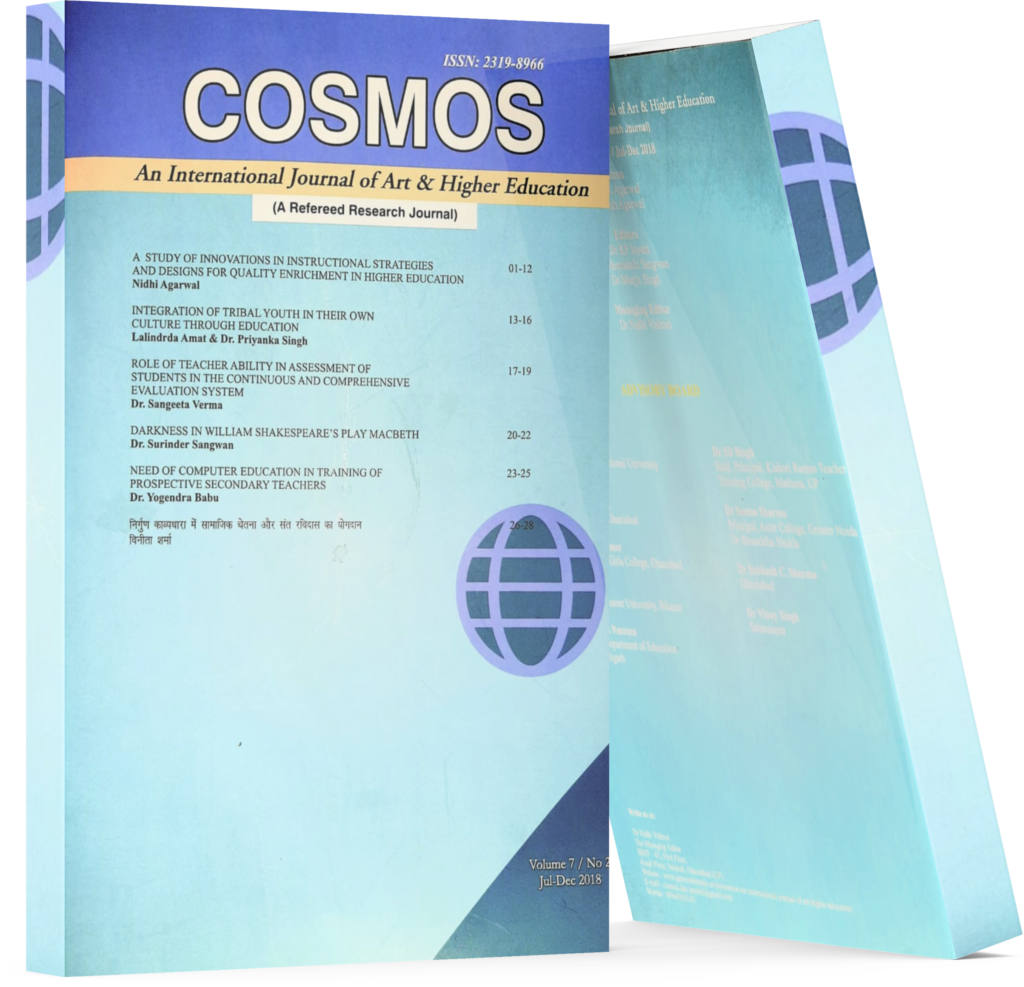Training Needs Analysis: A Springboard To The Faculty’s Continuous Professional Development
Keywords:
Faculty Development, Professional Development, Training Needs AnalysisAbstract
Training develops the skills and competencies of the workers because it eliminates or reduces the mismatch between the levels of acquired and required skills. Teachers are required to upgrade their knowledge, skills, and attitudes to meet the needs of the 21st century learners in a fast-transforming technological era (Nooruddin & Bhamani, 2019 [13]). Dilshad, Hussain, & Batool, (2019) [5] suggested an ongoing process of professional development among the teachers at the University. The main concern of the study was the determination of the training needs of the faculty members as a springboard to the faculty’s continuous professional development. The study utilized a descriptive research design to a total of twenty-five (25) full time and part-time faculty members of the College of Arts, Sciences, and Education in a private higher educational institution in Bulacan during the School Year 2020-2021. Based on the findings of the study, the Faculty Development Plan should include training, write-shops and webinars in the following research skills: accessing research resources, scientific writing and editing, authoring and translating modules and books, preparing scientific posters and presentations. Similarly, professional development on managing with limited resources is needed to address the leadership skill. Budget should be allocated for external resource speakers or from the pool of internal resource speakers. The modality of the training will be synchronous through Google Meet.
Downloads
References
Cobblah, M.A. & Vander Walt, T.B., (2017). “Staff training and development programmes and work performance in the university libraries in Ghana”. Information Development, 33(4), 375-392.
https://doi.org/10.1177/0266666916665234. 2. Dachner, A.M., Saxton, B.M., Noe, R.A. and Keeton, K.E., (2013). “To Infinity and Beyond: Using a Narrative Approach to Identify Training Needs for Unknown and Dynamic Situations”. Human Resource Development Quarterly, 24(2), 239-267. 3. Dagnew Kelkay, A., (2020). “School Principals’ and Supervisors’ Leadership Practices in Teachers’ Continuous Professional Development Program: In Secondary School of Bahir Dar City, Ethiopia”. International Journal of Leadership in Education, 23(4), 415-427.
Davies, C. & Vankoningsveld, R., (2015). “A Training Needs Analysis Case Study at Legal Aid Queensland”. Evidence Based Library & Information Practice, 10(4), 62-79.
https://doi.org/10.18438/B8H30F.
Dilshad, M., Hussain, B. & Batool, H., (2019). “Continuous Professional Development of Teachers: A Case of Public Universities in Pakistan”. Bulletin of Education and Research, 41(3), 119-130.
Ercan, B. and Ivanova, I., (2020). “Language Instructors’ Perceptions and Applications of Continuous Professional Development in Higher Education Institutions”. International Online Journal of Education and Teaching, 7(2), 435-449.
Hamilton, S., (2013). “Assessing knowledge skills in the NHS: a training needs analysis approach”. Health Information & Libraries Journal, 30(2), 168-173.
https://doi.org/10.1111/hir.12023.
Khan, A. & Masrek, M.N., (2017). “Training needs analysis based on mismatch between the acquired and required levels of collection management skills of academic librarians”. Collection Building, 36(1), 20-28. https://doi.org/10.1108/CB-06-2016-0012.
Kodwani, A.D. and Prashar, S., (2019). “Exploring the influence of pre-training factors on training effectiveness-moderating role of trainees’ reaction: a study in the public sector in India”. Human Resource Development International, 22(3), 283-304.
https://doi.org/10.1080/13678868.2019.159601 2.
Melesse, S. and Gulie, K., (2019). “The Implementation of Teachers’ Continuous Professional Development and Its Impact on Educational Quality: Primary Schools in Fagita Lekoma Woreda, Awi Zone, Amhara Region, Ethiopia in Focus”. Research in Pedagogy, 9(1), 81-94.
Mukerjee, K., (2019). “Training Needs Analysis and Training Effectiveness”. Vinimaya, 40(1), 37-47.
Munir, F. and Amin, M., (2018). “Classroom Practices of Mentees and Mentoring Challenges in the Execution of Continuous Professional Development Framework”. Bulletin of Education and Research, 40(2), 163-178.
Nooruddin, S. and Bhamani, S., (2019). “Engagement of School Leadership in Teachers’ Continuous Professional Development: A Case Study”. Journal of Education and Educational Development, 6(1), 95-110, http://members.aect.org/edtech/ed1/41 /41-01.html Retrieved on December 2, 2020

